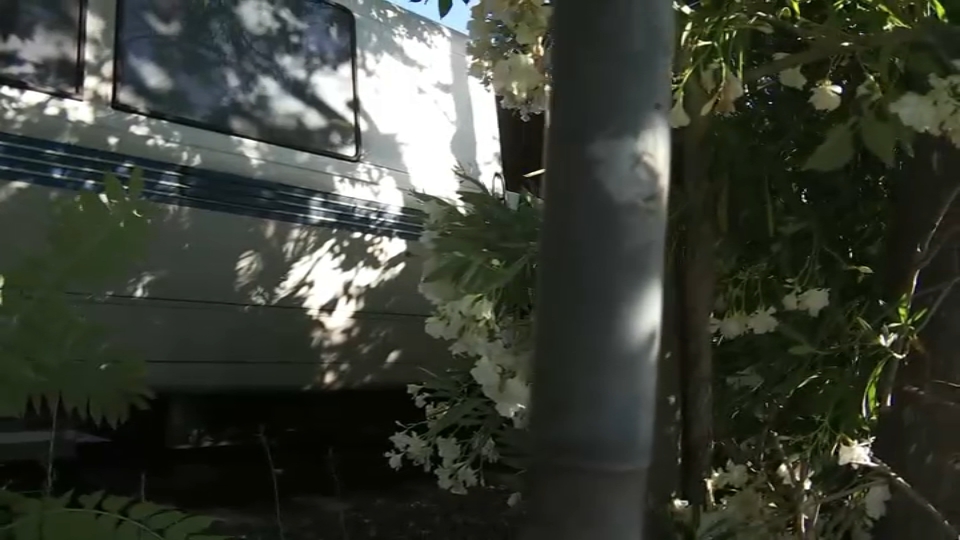BART officials now acknowledge that although they had slowed trains in the past to reduce the threat of potential heat-related derailments, the agency didn’t have a heat-related speed restriction policy in place when its train partially derailed in Concord last month.
The 10-car San Francisco bound train, travelling at 70 mph, partially derailed at 5:30 p.m. on June 21, when temperatures rocketed into the triple digits in the East Bay. A car dashcam video captured the moments after two of the cars left the track at an overpass, creating a cloud of dust and smoke. A BART photo of the tracks, after the derailment, shows had warped right at the place the train partially left the tracks.
Following the partial derailment, BART officials quickly determined heat was to blame. The agency later acknowledged they had no formal policy to reduce speed, even though it had cut speeds in half during a similar heat wave back in 2017.
Get a weekly recap of the latest San Francisco Bay Area housing news. Sign up for NBC Bay Area’s Housing Deconstructed newsletter.
“This is something that every rail operator should have a set policy that goes into place under these conditions -- they know what the danger condition is we dodged a bullet,” said Paul Chinowsky, a University of Colorado at Boulder professor - and expert on the effects of heat and climate change on rails systems about what happened in Concord. “To have so few injuries is almost unheard of, so, it was a truly, truly fortunate that there weren't more people injured and killed in the event.”
He said that the risk of track warping and derailment can be exacerbated when temperatures rise quickly in normally moderate climate zones, like the Bay Area.
Back in 2017 BART even issued a formal statement during a labor day heat wave - saying, in part , that it was "possible - though unlikely - that there could be some rail movement" during elevated temperatures and "train speeds are being reduced in targeted parts of the system as a precautionary measure to give train operators more time to react to any observed abnormal rail conditions.” BART said the “unusual” action would add 10 to 20 minutes more onto commutes.
When the agency was asked why it didn't take the same steps last month, a BART spokesperson responded that the agency had no policy at the time, but one is in place now.
“That is surprising,” Chinowsky said of the apparent lack of policy. He also noted that while there is no federal standard, cutting train speeds is common practice both in the U.S. and worldwide during heat surges, because it’s the only sure way to limit the damage that higher speed trains can inflict on vulnerable, overheated steel trackways. The higher the speed, he said, the more pressure is exerted around curves where trackways are particularly susceptible to permanent deformation from heat.
He also warned that in a changing climate, the problem will be here to stay. “This is just going to keep getting worse,” Chinowsky said, adding that train operators in other places have done everything from painting their rails white to better reflect heat to installing remote controlled temperature sensors.
BART officials say that the newly adopted policy requires train speed to be cut in half in the future, when temperatures rise above 100 degrees.



